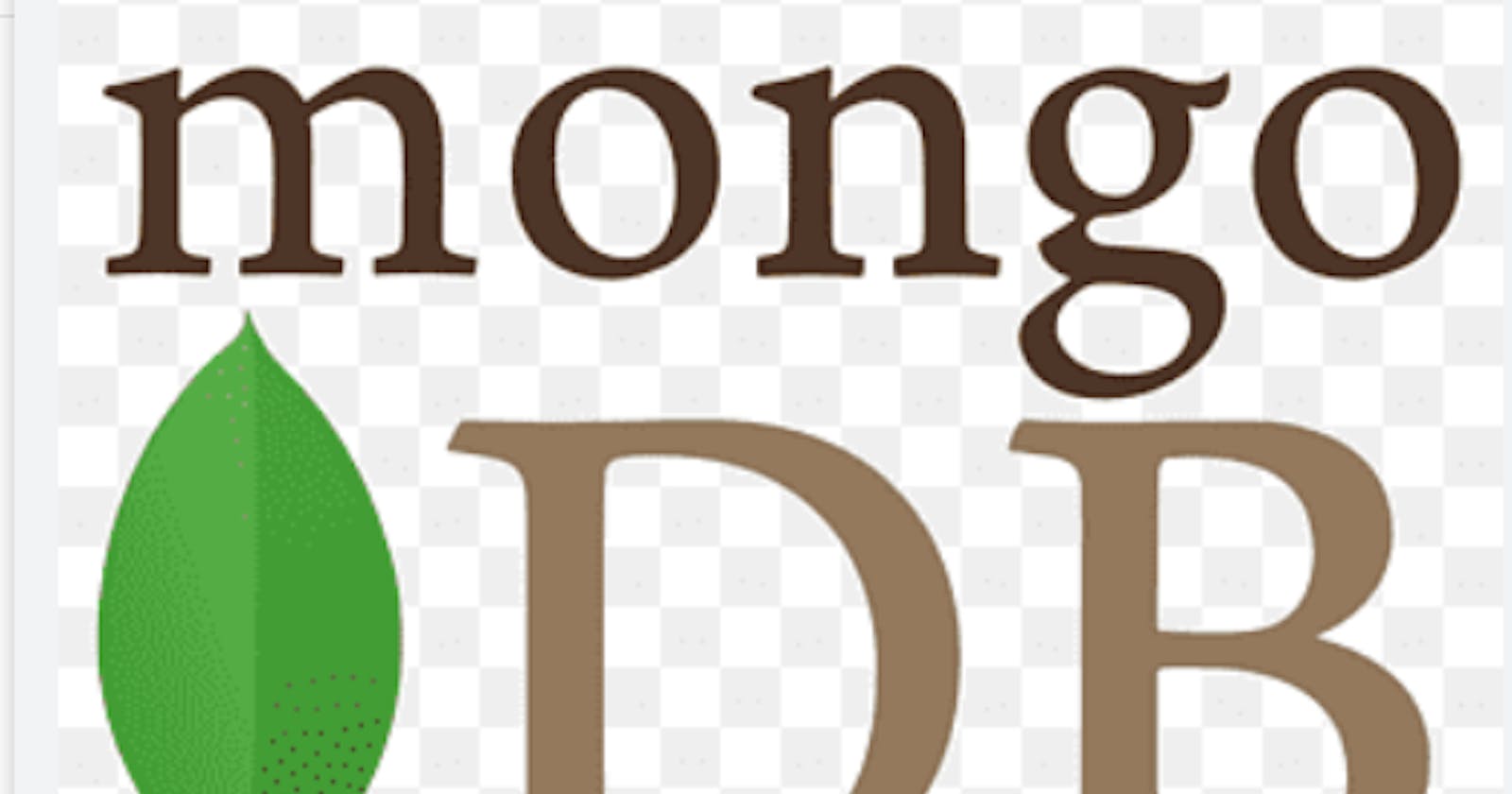Mongo DB is a No SQL document-based database language. It is open-source and very suitable for high data storage. It was founded in 2007 and has been improved to meet several business objectives. It uses an unstructured query language and a document-oriented data model to perform its operations. It is easy to learn and provides scalability and flexibility for developers to work with.
Like every other tool out there, MongoDB has its pros and cons, and this is why businesses need to look into these features to make an informed decision while adopting this tool.
Pros and Cons of Mongo DB
MongoDB can be used across many industries in the tech space, ranging from critical companies like financial: Banking, and Fintech to more fun companies like e-commerce, gaming, and IoT. You will agree with me that the pros seem to outweigh the cons, hence, the reason for the widespread adoption across the tech industry.
Some advantages of MongoDB include but are not limited to the following
Scalability via Sharding.
Documentation.
Flexibility.
Quick setup environment.
Performance level.
High speed.
No schema (document-based database).
Failover mechanism.
Authentication mechanisms like LDAP, AD.
Horizontal scaling.
Cost-effective.
Some drawbacks of MongoDB include
Duplicates
Join
Transactions
Limited data size
High memory usage
Indexing
NoSQL Misconceptions
Over the years, developer communities have upheld some popular opinions about NoSQL databases. Two renowned opinions are:
Relational databases are best suited for managing relationship data
NoSQL databases don't support ACID operations
Getting started with MongoDB Atlas
To get started with MongoDB, you'll need to follow the steps below by creating a MongoDB Atlas. MongoDB Atlas is a MongoDB fully managed database-as-a-service. It comes with a paid and free tier version.
Click on Atlas.
Create an account if you haven't already.
Log into your Atlas account.
Create an Atlas organization and project.
Conclusion
In this tutorial, we covered some basic aspects of MongoDB as a NoSQL database. We shared some advantages and disadvantages that come with adopting this tool as a relationship management tool. I hope you're more informed on why and when to use MongoDB for your database design.
Look out on this space for more series regarding MongoDB!! Happy coding!
